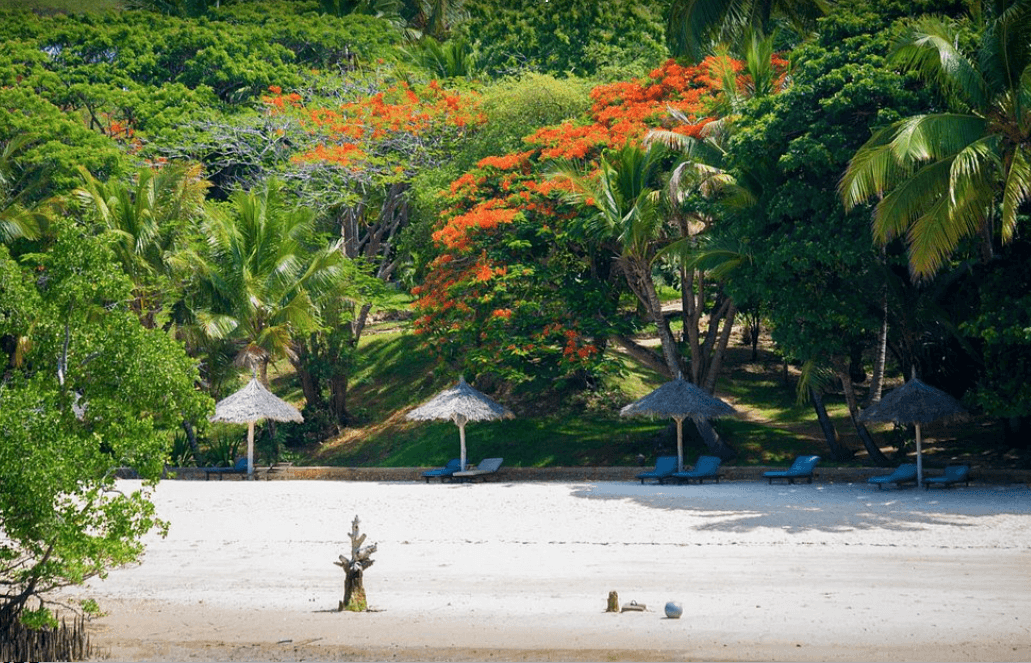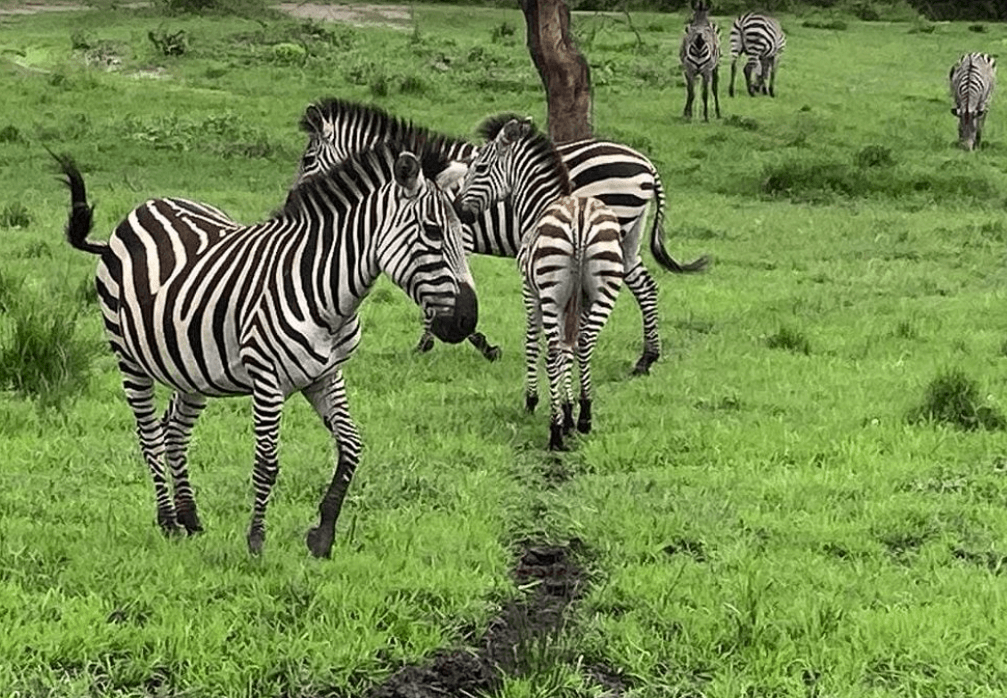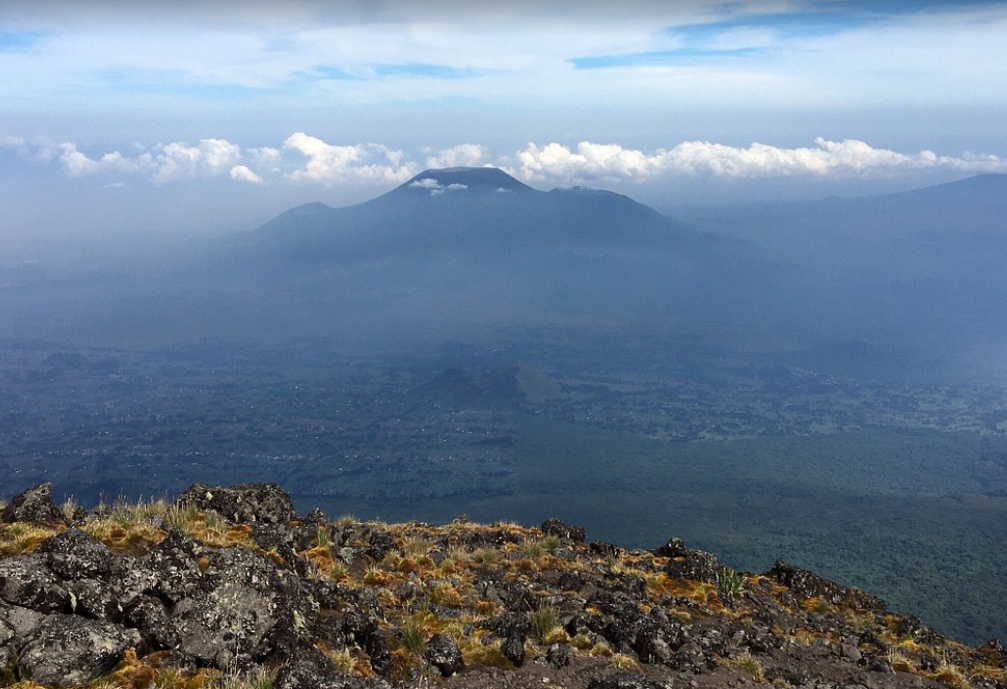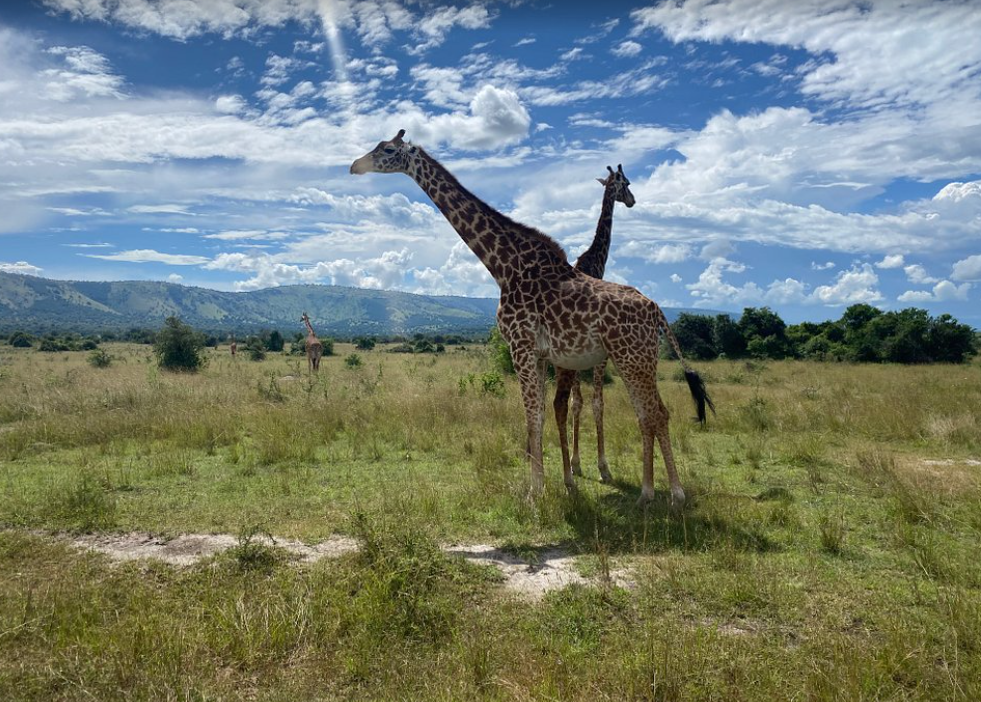Shoebill Stork Safari in Uganda: Top Spots to Encounter the Rare Bird
Uganda Shoebill Stork Spots are primarily wetlands and swampy areas. These habitats are home to the magnificent shoebill stork, one of Africa’s most sought-after bird species. With its prehistoric appearance and elusive nature, spotting the shoebill is a dream for many birdwatchers. This guide explores the best shoebill stork spots in Uganda, offering insights and tips for a memorable encounter.
Understanding the Shoebill Stork
The shoebill stork (Balaeniceps rex) is a large wading bird known for its distinctive shoe-shaped bill. Standing up to five feet tall with a wingspan over eight feet, the shoebill is an imposing presence in central and eastern Africa’s wetlands. Despite its size, the shoebill is a master of stealth, often remaining motionless while waiting for prey. Its diet includes fish, amphibians, and small reptiles, which it captures with lightning-fast strikes.
Mabamba Swamp: The Shoebill Capital of Uganda
For shoebill spotting in Uganda, Mabamba Swamp is the top destination. Located near Entebbe along Lake Victoria, Mabamba Swamp is a vast wetland known for its rich birdlife, including a healthy shoebill population. Venturing into Mabamba Swamp feels like stepping into a natural wonderland. Towering papyrus reeds and labyrinthine channels create the perfect habitat for shoebills and other wetland birds. Guided boat rides offer the best chance of encountering shoebills, as local guides navigate the waterways and scan the marshes for these elusive birds.
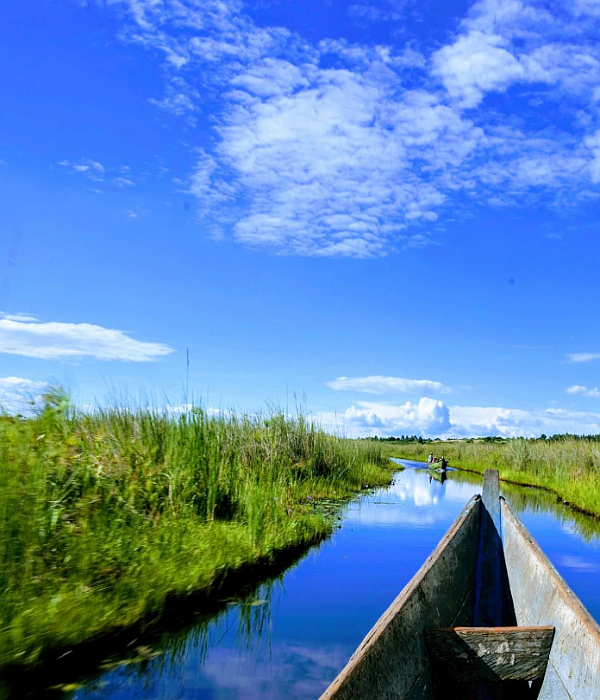
Tips for Spotting Shoebill Storks in Mabamba Swamp
Spotting a shoebill stork in the wild requires patience, perseverance, and a bit of luck. Here are some tips to maximize your chances of a successful sighting in Mabamba Swamp:
Choose the Right Time: Early morning and late afternoon are the best times for birdwatching in Mabamba Swamp, as this is when shoebills are most active.
Quiet Approach: Furthermore, shoebills are sensitive to disturbances, so it’s essential to maintain a quiet demeanor and avoid making sudden movements that could scare them away.
Keep Your Eyes Peeled: Additionally, shoebills often blend into their surroundings, so keen observation is key. Look for their distinctive silhouette among the reeds and vegetation.
Listen for Calls: Moreover, shoebills are not known for their vocalizations, but they may emit low grunting sounds or bill-clapping as part of their courtship displays. Listen for these sounds to help locate them.
Bring Binoculars and Cameras: Finally, a good pair of binoculars and a camera with a telephoto lens are essential for observing and capturing shoebills from a distance without disturbing them.
Other Shoebill Stork Hotspots in Uganda
While Mabamba Swamp is undoubtedly the most famous shoebill stork spot in Uganda, several other wetland areas offer opportunities for sightings:
- Queen Elizabeth National Park: The Ishasha sector of Queen Elizabeth National Park is known for its shoebill sightings along the Ishasha River. Boat safaris provide a chance to spot these birds amidst the park’s scenic wetlands.
- Murchison Falls National Park: The Nile Delta in Murchison Falls National Park is another hotspot for shoebill storks. Boat cruises along the Nile offer excellent opportunities to observe these birds in their natural habitat.
- Semliki Wildlife Reserve: Located in the Albertine Rift Valley, Semliki Wildlife Reserve is home to a variety of bird species, including shoebills. Exploring the reserve’s wetlands and forested areas may yield sightings of these majestic birds.
Conservation Efforts and Future Outlook
While the shoebill stork is classified as “Vulnerable” by the IUCN, its population faces threats from habitat loss, disturbance, and illegal trade. Conservation efforts, including habitat protection and community engagement, are crucial for its survival.
Supporting responsible tourism and raising awareness about wetland conservation helps ensure future generations can see shoebill storks in the wild.
Encountering a shoebill stork in its natural habitat is unforgettable. Exploring Mabamba Swamp or embarking on a boat safari in Uganda’s national parks offers birdwatchers the chance to witness these magnificent birds. With planning, patience, and adventure, spotting shoebill storks in Uganda is a rewarding journey.


